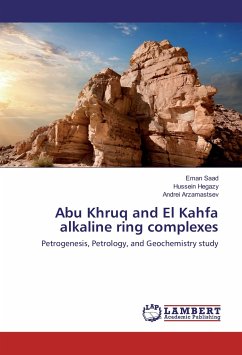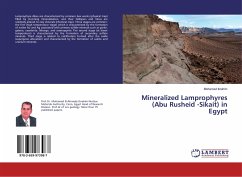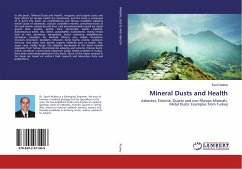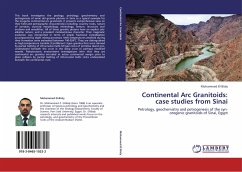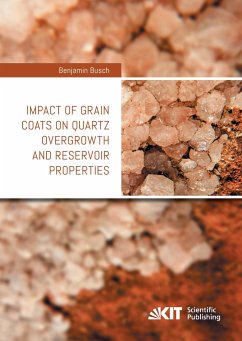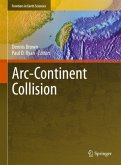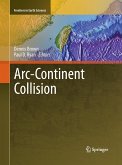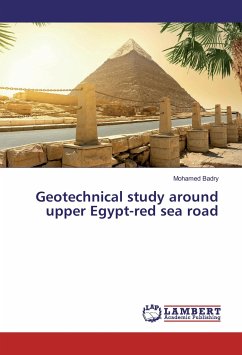Abu Khruq and El Kahfa ring complexes are the youngest alkaline ring complexes in Egypt, characterized by the coexistence of rocks, with plutonic and volcanic textures. Their formation started by the development of a volcanic cone composed of lavas (trachytic and rhyolitic) this followed by the intrusion of gabbroic lapolith. Differentiation, accompanied by some assimilation, probably produced intermediate syenitic rocks. Cauldron subsidence would take place only if there was a large volcanic cone. On entering the brittle zone of the upper crust diapiric movement would have been retard which led to a slow buildup of fluid pressure and caused tension fractures focused on the arrested diapirs-break through to the surface. The formation of the ring intrusion and that of most of the ring dykes is related to the cauldron subsidence and the passive infilling of the released space with magma.
Bitte wählen Sie Ihr Anliegen aus.
Rechnungen
Retourenschein anfordern
Bestellstatus
Storno

